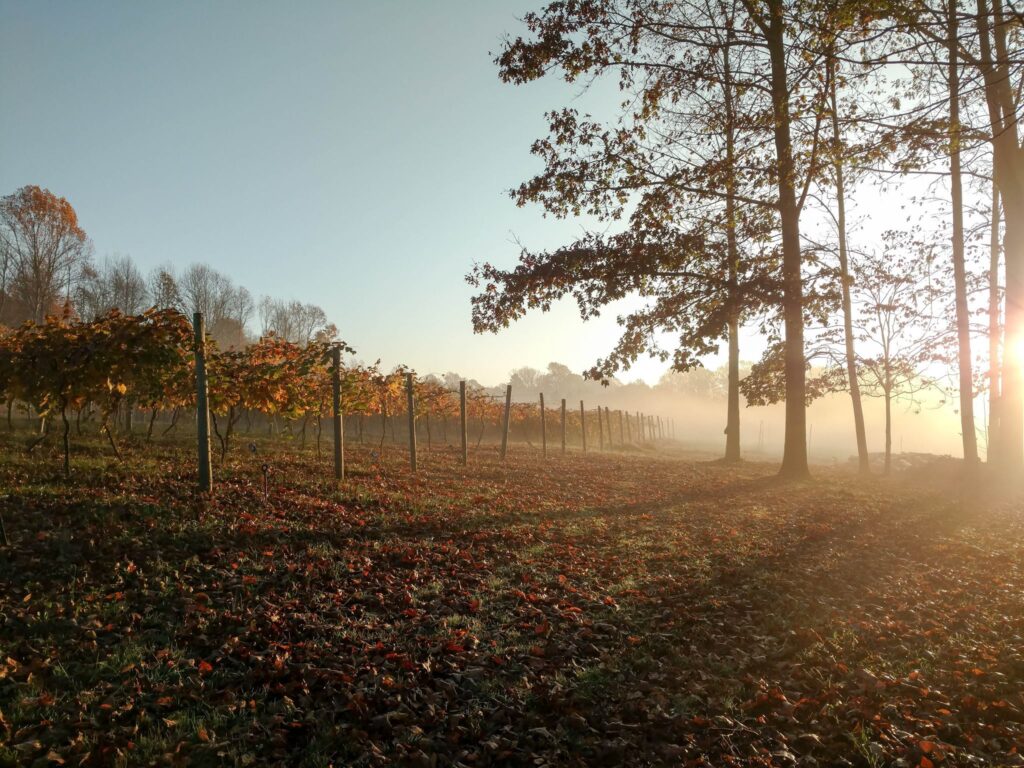The Wolf Post offers a professional service with free access, without subscription.
For this reason, a donation would also be a sign of appreciation for our work.
© Owen Valley Winery- Indiana Uplands AVA
The Indiana Uplands AVA was established in 2003 to share the wine story of the area. The trail’s nine member wineries tell the story of a region where grape growing and winemaking date back 170 years.
Huber was the first family to plant vineyards in 1840, laying the roots for what would become Huber Winery, a founding member of the Indiana Uplands Wine Trail. Other viticulture pioneers joined in, and by 1880, one-quarter of the wine produced in Indiana came from the Indiana Uplands.
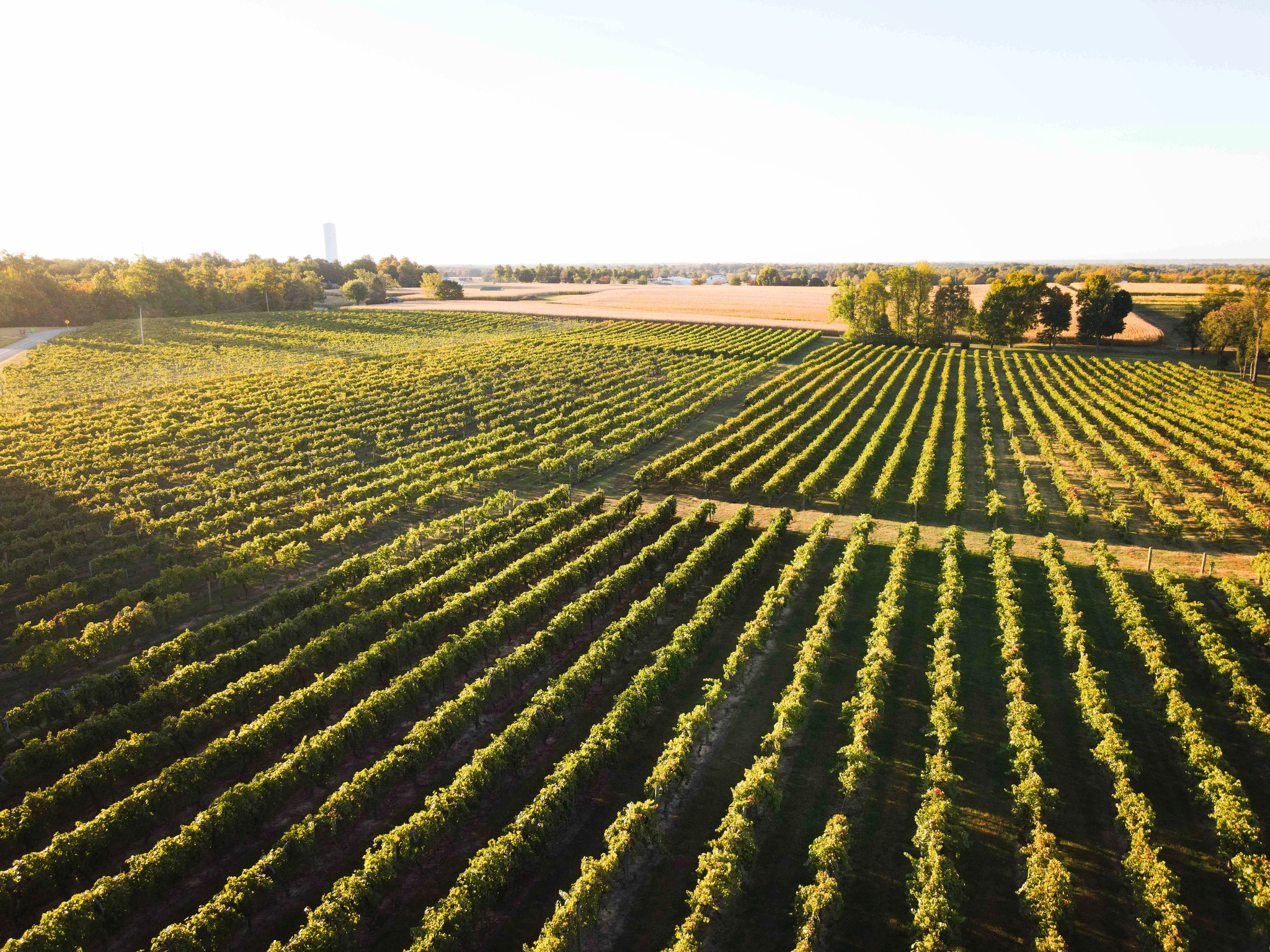
©Huber Winery Indiana Uplands
AVA
After the era of prohibition, winemaking returned in the 1960s. The vines were planted northwest of Bloomington at Oliver Winery, a founding member of the Indiana Uplands Wine Trail. Then, in the late 1980s, the Huber family began replanting their vines.
In more recent years, Indiana Uplands wineries have opened tasting rooms and welcomed wine drinkers to tour the production facilities and vineyards.
The plateau that survived the Ice Age is a 4,800-square-mile wine region called the Indiana Uplands, home to the Indiana Uplands Wine Trail.
Each vineyard on the wine trail has, of course, its own characteristics but they all share the Indiana Uplands terroir, that blend of soil, topography and climate that makes the area’s wines unique.
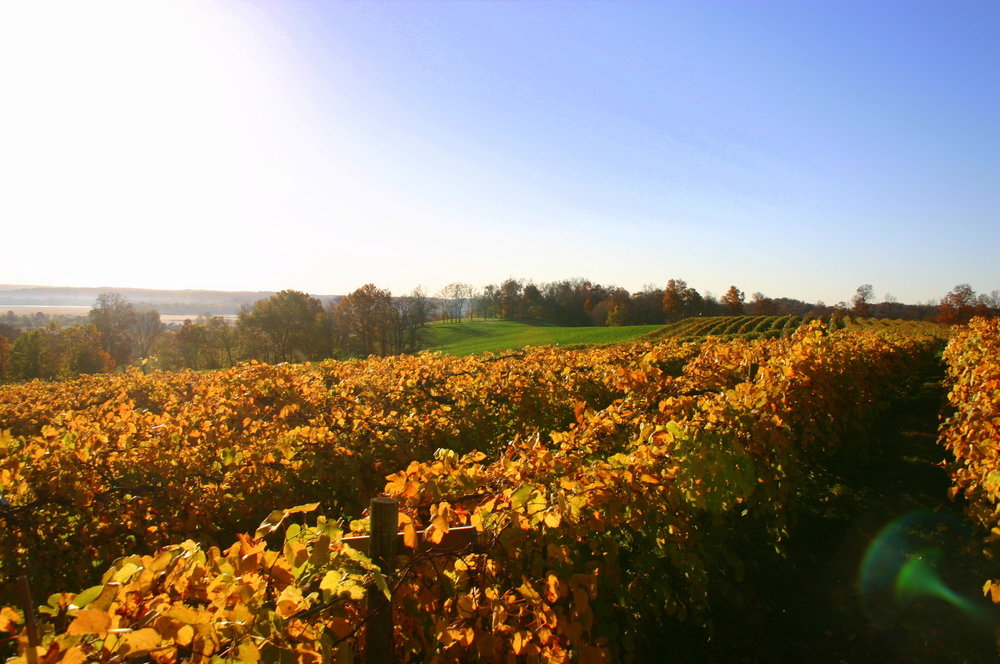
©French Lick Winery- Indiana Uplands AVA
Indiana Uplands is defined by a diverse and scenic landscape of hills and valleys, the Hoosier National Forest and Lake Monroe. The ridges and hills keep the vineyards well drained.
Within the Indiana Uplands, three areas stand out: the Norman Uplands to the east and the Crawford Uplands to the west which are home to flat ridges with deep V-shaped valleys; the Mitchell Plateau in the center which is a mix of steep topography and rolling plains. It is also home to Indiana’s famous limestone quarries and caves.
Clay prevails in the region. Technically speaking, red-yellow podzolic soils reign, ranging from silty loam to clay loam. Underneath it all is the bedrock, which is made up of layers of limestone, shale and sandstone. For some, the soils in the area are relatively poor. Still, that’s a plus when it comes to growing grapes. Rich soils mean more foliage, which would shade the grapes and potentially add unwanted character to the wine.
The vineyards benefit from four seasons and a particularly cool growing season. Time allows the grapes to ripen slowly, so the wines develop more flavor and character.
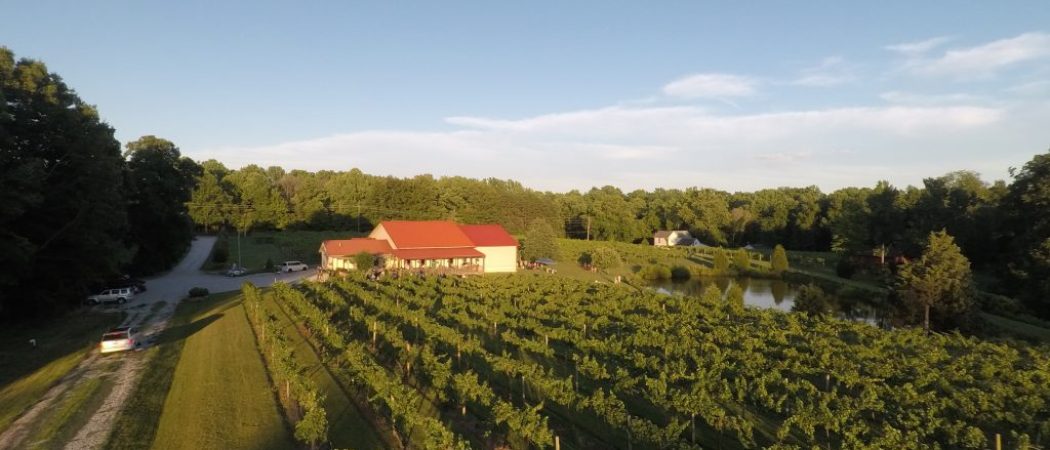
©Butler Winery- Indiana Uplands AVA
Hilltops and ridges keep the air moving, limiting frost buildup in the vineyards and extending the growing season into spring and fall. The breezes keep the fruit dry and free from fungus and mold.
Winter is a time for the vines to rest and recharge. Freezing temperatures ward off potential disease, helping vineyards stay healthy and strong. There’s also a cold-drinkable result: ice wine, a late-harvest variety made from grapes that freeze while still on the vine.
The Indiana Uplands is a federally recognized wine region, known as the American Viticultural Area, or AVA (AVA means region has a unique blend of geography, soil, and climate, which gives its wine a distinctive character), founded in 2013.
With 4,800 square miles, 17 wineries and 19 vineyards with approximately 200 acres under cultivation, there’s plenty to tour and still room to grow.
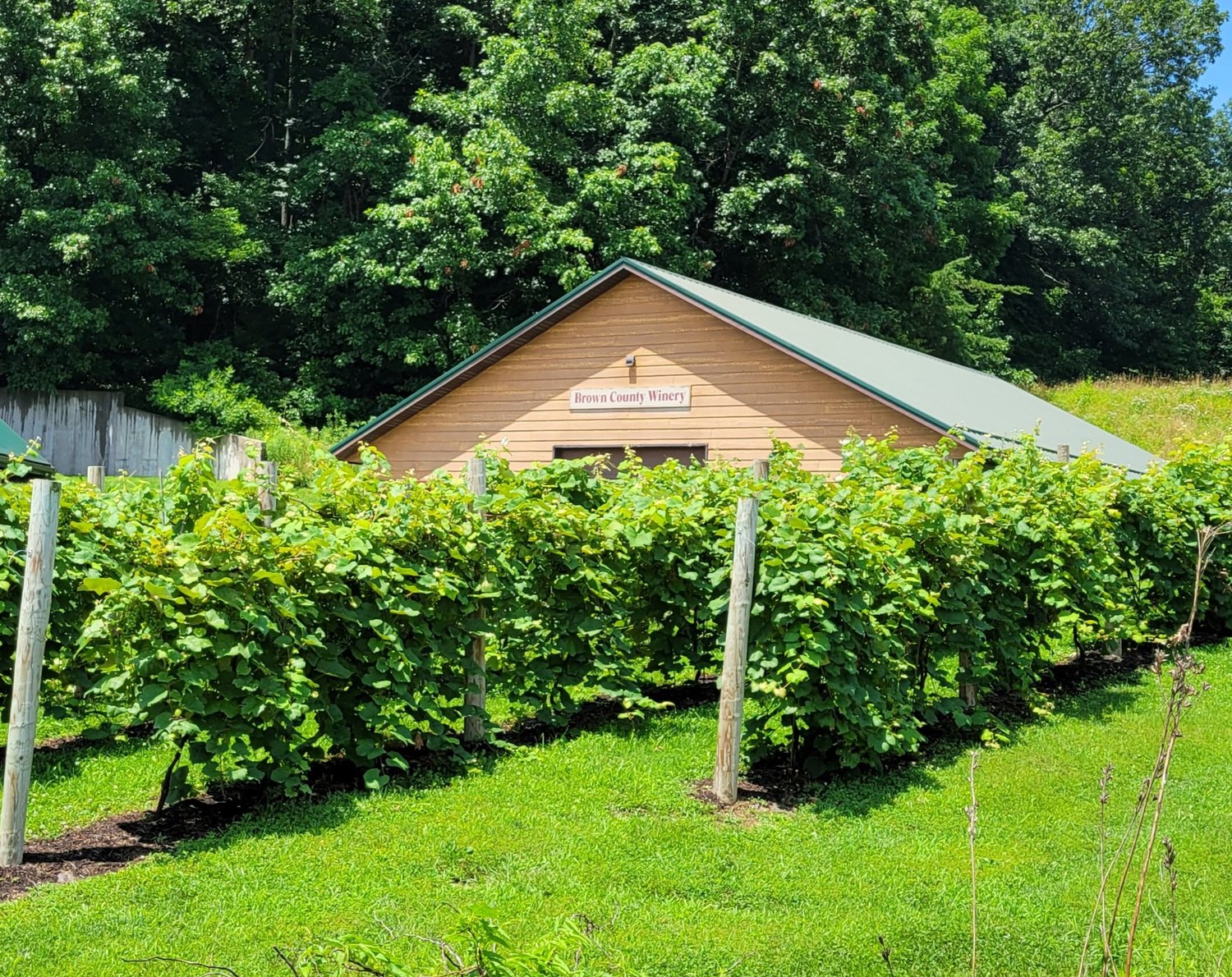
©Brown County Winery- Indiana Uplands AVA
The Indiana Uplands AVA extends 110 miles from north to south, bounded on the north by the line separating Morgan and Monroe counties and on the south by the Ohio River at the Kentucky border. At its widest point, the county is 63 miles wide, from Clark County to Martin County. The Indiana Uplands AVA spans 19 counties.

©Best Vineyards Winery- Indiana Uplands AVA
Geographically, the area has been known as the Indiana Uplands since 1920. A region with great potential to be discovered and with interesting growth margins in the near future.


